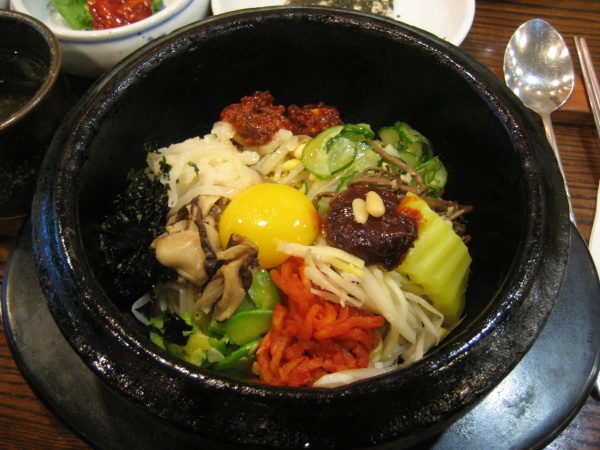Facts About Bibimbap
Bibimbap is a cherished traditional Korean rice dish that's not only delicious but also visually captivating. It begins with a base of warm white rice, adorned with a vibrant assortment of ingredients such as namul (seasoned vegetables), kimchi, gochujang (chili pepper paste), soy sauce, or doenjang (fermented soybean paste). For added flavor and richness, a raw or fried egg and sliced meat often crown the dish. The true magic unfolds when you mix everything together before indulging.
This dish has profound roots in Korean culture, with a history that spans centuries and encompasses various names. Today, cities like Jeonju, Jinju, and Tongyeong in South Korea are particularly renowned for their unique interpretations of bibimbap. The dish has even gained international acclaim; CNN Travel once listed it among the world's most delicious foods.
Over the years, bibimbap has evolved into numerous variations. You might encounter Jeonju bibimbap, hot stone pot bibimbap, Yakcho-bibimbap, Hoedeopbap, and more, each offering a distinct twist on the classic recipe.
What sets bibimbap apart is its harmonious blend of ingredients, selected not only for their taste but also for their nutritional value and aesthetic appeal. The dish epitomizes balance and harmony, key aspects of Korean culture. Each bite provides a delightful mix of flavors and textures, making it a feast for both the eyes and the palate.
Globally, bibimbap has gained significant popularity, appearing in restaurants and even international airports. It has become a culinary ambassador for Korea, introducing people around the world to the richness of Korean cuisine.
Furthermore, the ingredients in bibimbap carry symbolic meanings. The colors represent different elements and organs in the body: black or dark colors symbolize the North and kidneys, red or orange stand for the South and heart, green represents the East and liver, white signifies the West and lungs, and yellow corresponds to the center or stomach.

 North Korea
North Korea